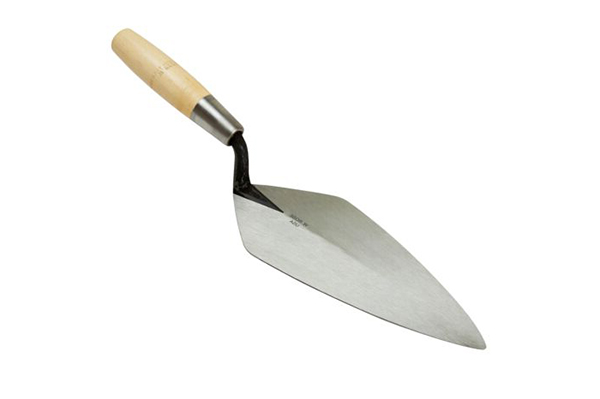Trowels are among the most ancient and enduring tools in human history. Simple in design but powerful in utility, they have been used for thousands of years across civilizations for building, crafting, and cultivating. When we ask, “How old are trowels?”, we’re really exploring a history that stretches back to the dawn of organized construction and agriculture.
The Origins of the Trowel
The history of trowels dates back to the Neolithic period, roughly around 7,000 to 10,000 years ago, when early humans began transitioning from nomadic lifestyles to settled farming and permanent homes. Archaeological evidence from sites in the Middle East, such as Çatalhöyük in modern-day Turkey, has revealed primitive trowel-like tools made from animal bones and flat stones. These early implements were likely used to dig, smooth clay, and apply mixtures like mud and straw to form the first rudimentary walls.

Ancient Civilizations and the Rise of the Mason’s Trowel
As human society progressed, so did the trowel. During the ancient Egyptian period, around 3000 BCE, trowels became more sophisticated. Made from copper and later bronze, Egyptian builders used trowels for bricklaying and smoothing mortar. Tomb paintings and relics indicate that trowels were essential tools in the construction of temples, tombs, and pyramids.
In Mesopotamia, the Sumerians and Babylonians used trowel-like tools in their construction of ziggurats and mudbrick buildings. Likewise, the Greeks and Romans developed metal trowels suited for stone masonry and intricate plasterwork, some of which bear a close resemblance to the modern hand trowel.
The Romans, in particular, were known for their engineering prowess and left behind clear evidence of tools resembling today’s trowels. Their use of lime-based mortar in concrete construction necessitated such tools, and ancient Roman ruins occasionally yield trowels crafted from iron or bronze.
Trowels in the Middle Ages
During the Medieval period, as stone castles and cathedrals rose across Europe, trowels were vital for stonemasonry. Guilds of stonemasons and bricklayers carried trowels as symbols of their trade. By this time, trowels had become a symbol of craftsmanship, with distinct shapes and sizes tailored for specific tasks, such as pointing, plastering, and bricklaying.
Masons of the Gothic era, especially those who worked on grand cathedrals like Notre Dame or Westminster Abbey, depended on trowels not only for building but for precision detail work in ornamentation and joints.
Modern Trowels and Continued Evolution
With the advent of the Industrial Revolution in the 18th and 19th centuries, trowel manufacturing became more standardized. Steel became the material of choice due to its strength and durability, and modern handles made from wood or plastic improved user comfort. This era also saw the emergence of specialized trowels, including margin trowels, corner trowels, and finishing trowels—each tailored for a unique job in masonry, tiling, and plastering.
Today, trowels are used not only in construction but also in archaeology, gardening, and even culinary arts. Archaeologists use small, flat trowels to carefully excavate delicate layers of soil, while gardeners rely on hand trowels for planting and transplanting. Even bakers use palette trowels for spreading frosting or smoothing batter.
Conclusion
So, how old are trowels? In essence, they are as old as civilized human society itself. From Neolithic homes and Egyptian pyramids to Roman aqueducts and modern skyscrapers, trowels have been essential tools for builders and artisans for millennia. Their core design—a flat blade with a handle—has remained remarkably consistent, proving that sometimes, the simplest tools stand the test of time.
Whether made of bone, bronze, or stainless steel, the trowel has quietly shaped our built environment for over 10,000 years—a testament to its enduring usefulness and design.
Post time: Jul-11-2025






